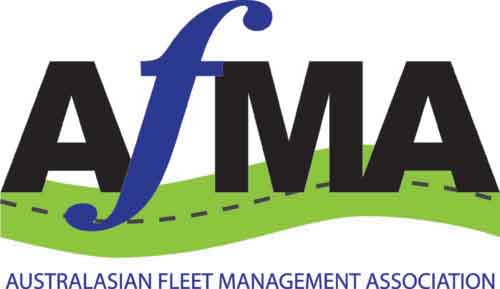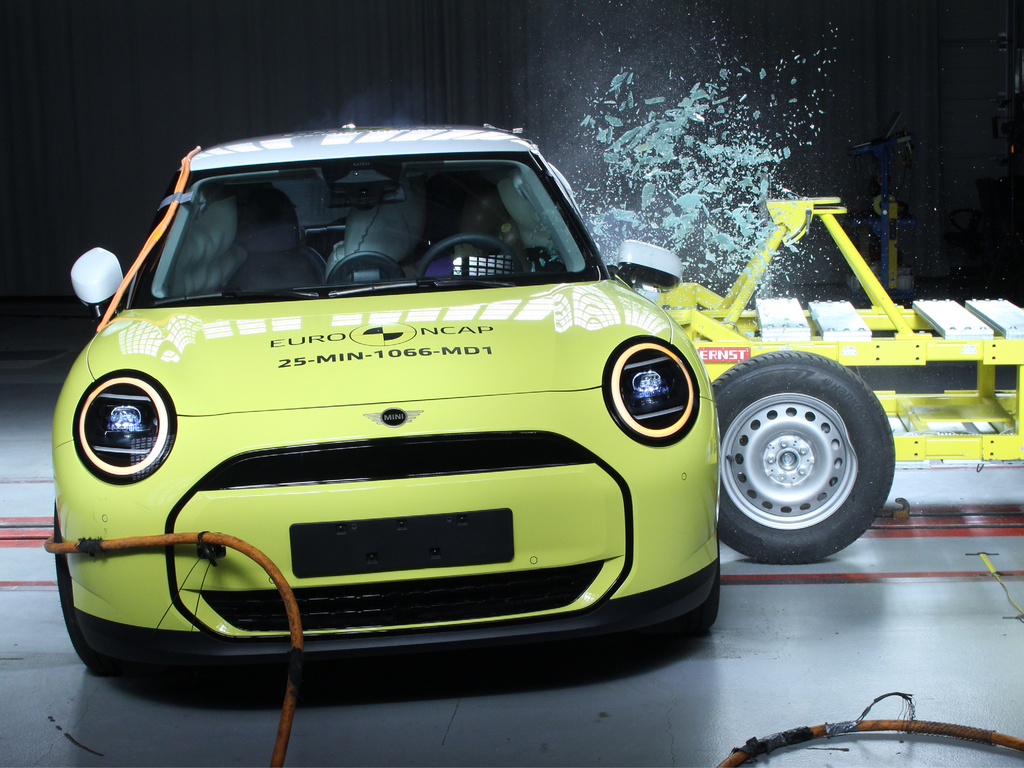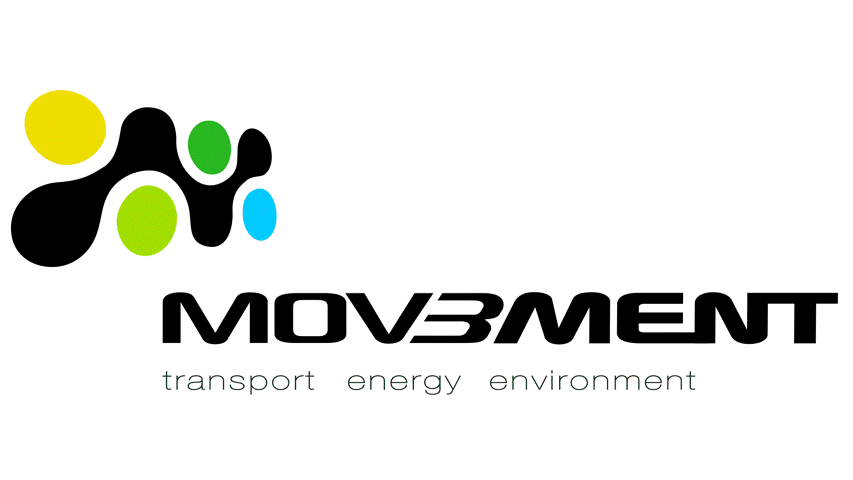Two of Mini’s latest models, the Mini Cooper E and the Mini Countryman, have achieved a 5-star ANCAP safety rating following recent testing. This rating applies to all variants of both models available in Australia and New Zealand.
Mini Cooper E
The battery-electric Mini Cooper E performed well across all key assessment areas.In the frontal offset (MPDB) test, the vehicle structure remained stable, providing Adequate protection for the driver’s chest and lower legs, as well as the front passenger’s lower legs.
The assessment recorded Good protection for all other body regions of the driver and front passenger. The full-width frontal test returned a mix of Good and Adequate results, while the oblique pole and side impact tests showed Good protection for all critical body areas.
It also demonstrated Good performance in collision avoidance tests, effectively minimising serious impacts with other vehicles, pedestrians, cyclists, and motorcyclists through its lane support and autonomous emergency braking (AEB) systems. However, the test vehicle did not have AEB Backover, so testers did not assess it.
The vehicle scored a mix of Good and Adequate fir child occupant protection, particularly when using appropriate child restraints. However, ANCAP noted that limited space between the restraint and the vehicle’s side obscured the ISOFIX visual indicators on some child restraints, preventing successful installation in some cases.
“The five-star rating achieved by the Mini Cooper E is a positive result,” said ANCAP Chief Executive Officer, Carla Hoorweg.
“One word of caution for those considering using the Mini Cooper E to transport young children is the difficulty in being able to see the ISOFIX visual indicators on some child restraints.”
“Our independent testing helps identify these nuances, ensuring parents and caregivers have the information they need to make safe and informed choices.”
Mini Countryman
The Mini Countryman, including both petrol and battery-electric variants, also secured a five-star rating. In the frontal offset (MPDB) test, the driver’s head and legs received Good protection. The front passenger’s head and chest also received Good protection. However, the assessment noted a slight increase in injury risk for the driver’s chest. Dashboard structures caused Adequate and Marginal results for the front passenger’s legs.
In the full-width frontal test, the assessment rated the driver’s chest protection as Marginal. The rear adult female passenger’s chest protection also received a Marginal rating. However, the assessment recorded Good protection for other critical body areas. The Countryman performed well in child occupant protection, offering Good levels of safety for 10-year-old and 6-year-old dummies in both frontal offset and side impact tests.
“The Mini Countryman is fitted with lower ISOFIX anchorages on the rear outboard seats and top tether anchorages for all rear seating positions, and did not have the same visibility limitations as the smaller Mini Cooper E,” said Ms Hoorweg.
The Mini Countryman also features an active bonnet system, which deploys sensors to detect pedestrian impacts. This system lifts the bonnet to increase clearance from rigid engine components, helping to reduce injury severity. Testing showed Good or Adequate pedestrian protection in most areas of the bonnet and windscreen. However, it recorded some Weak and Poor results in areas such as the windscreen pillars and bonnet edges.
While the active bonnet system is not available on the Mini Cooper E, both models provide strong pedestrian protection overall.
The full ANCAP safety reports for the Mini Cooper E and Mini Countryman can be accessed here and here.
Did you find this article interesting? Click the ‘heart’ button above to give it a ‘like’ !






